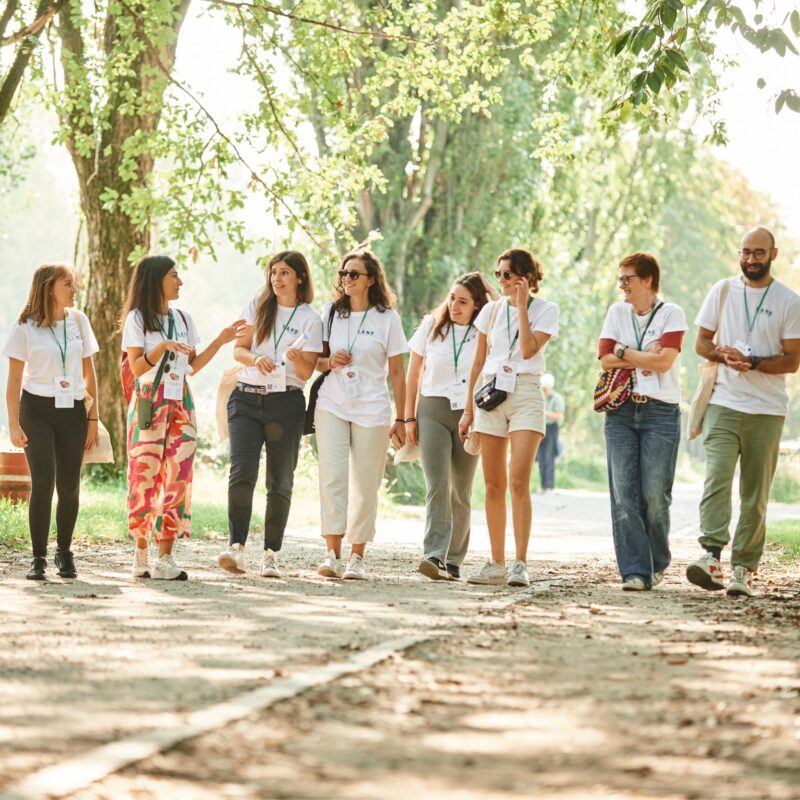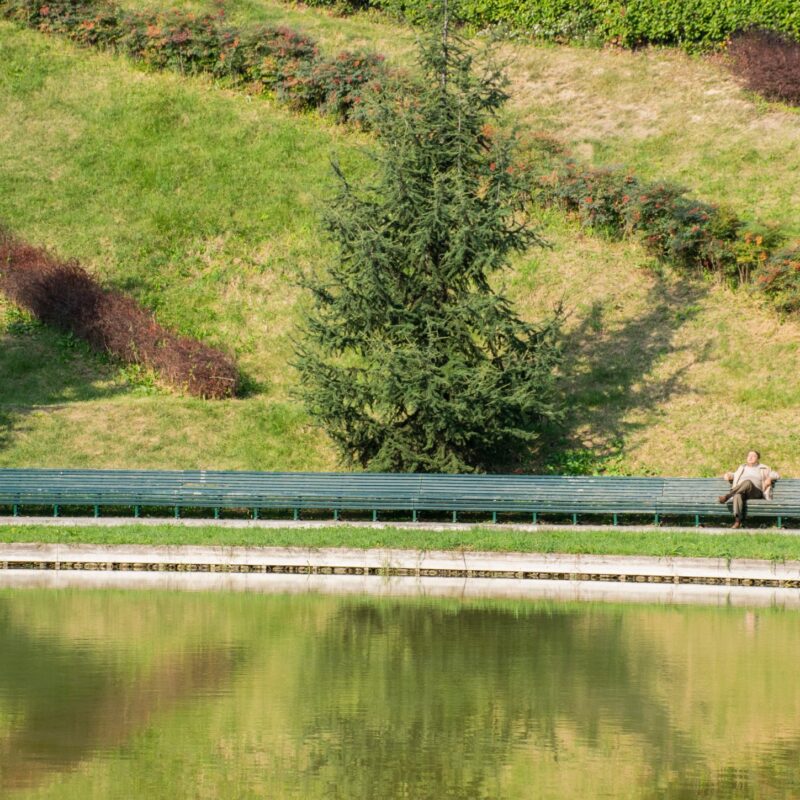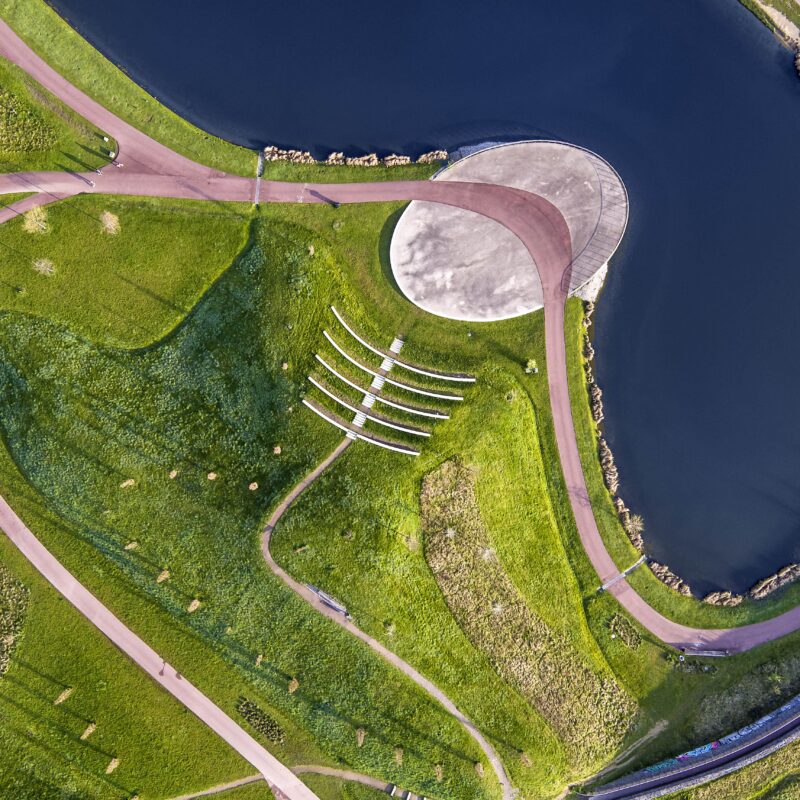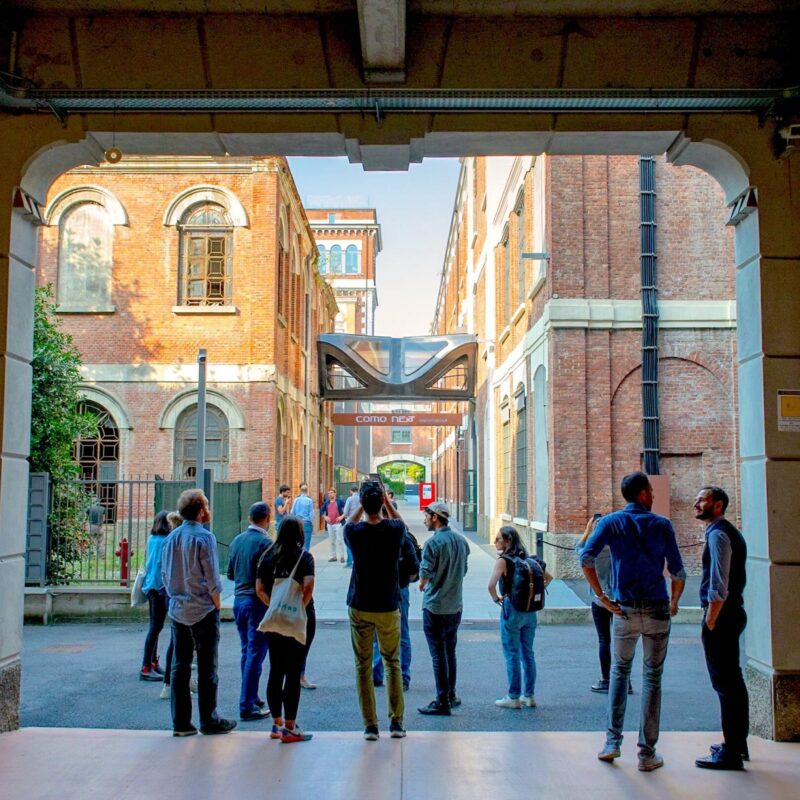
Live Close Feel Free
Düsseldorf
A conversation with Mayor Stephan Keller.
Düsseldorf has set itself the goal of becoming a climate capital.

Dr Stephan Keller, Mayor of the State Capital Düsseldorf
Since the pandemic began, much has been written and discussed about the city of the future. How do things look in Düsseldorf?
Düsseldorf is attractive and livable, international and cosmopolitan, with a ‘global Rhenish’ mentality, but above all it’s distinguished by the special charm and uniqueness of its fifty neighborhoods. I very much like this combination of hominess and cosmopolitan attitude, and I think that it’s been very successful in Düsseldorf. The city’s progress, especially in terms of construction projects, was in no way hindered by the Covid pandemic. First of all, of course, demand for living space has continued unabated. We’re also moving ahead with the redesign of central squares like Heinrich-Heine-Platz and Konrad-Adenauer-Platz across from the main train station. I think the Düsseldorf of the future will be an ideal combination of urbanity and hominess. To me, our slogan “Live close Feel free” expresses this very well, and I’m sure that we’ll be back in the saddle very soon.
When you consider the slogan “Live close Feel free” in terms of urban development, does “free” also refer to open space – does open space create urban space?
Of course we should think of the city in terms of open space. We need to understand and assess its qualities and potential so we can create good development concepts. By the same token, open space is where people who live and work in the city meet and interact. The city is essentially perceived through open space. So adequate, well-designed and properly functioning open space is essential for a livable city.
What are your thoughts on green areas and nature in your city?
In these times of Covid, the city’s green areas have become even more important for its residents. People have used parks and woods, playgrounds and community gardens, and even the countryside, much more than they did before the pandemic. Requests for community garden plots have significantly increased, and sports in public parks, woodlands and open areas have become more popular than ever. So it’s important both to protect and develop nature. This applies not only to the natural landscapes that still make up nearly half the city, 85 percent of which are subject to natural and landscape protections, but also to green areas in the inner city. Since 2016, Düsseldorf has been a member of the “Municipalities for Biodiversity” alliance, which is committed to preserving biodiversity in both residential areas and the countryside.
What developments are you expecting in the upcoming years?
The challenges for the future lie in adapting urban green areas to climate change and preserving and developing green areas and open spaces with an eye to climate protection and the needs of a growing city. Düsseldorf has set itself the goal of becoming a climate capital. Comprehensive measures for climate protection and climate adaptation should be interwoven, helping the city become climate neutral by 2035. One building block in the strategy for effective climate adaptation is consistent implementation of the city tree concept, to improve the tree population and increase the number of trees.
The urban development approach known as Raumwerk D, in which LAND is also involved, has been used in Düsseldorf for a long time. What role do you think nature plays in it? And what about water and green areas?
A crucial foundation for Raumwerk D is the Rhine-influenced Green Space 2025 Plan approved by Düsseldorf’s city council in 2015. Water plays a major role in developing the city and its green areas. The mostly undeveloped Rheinaue area is one of the two most important open stretches in Düsseldorf. The Rhine flows 42 kilometers through the city, with diverse natural and green areas. Preserving this diversity and sustaining the Rheinaue in terms of its effect on local climate, flood control, recreation, and protection of nature and the landscape remain key tasks for the future. The city’s namesake – the Düssel tributary – also plays a crucial role in the development of important city parks. The Ostpark, Zoopark, Hofgarten, Ständehaus and Spee’sche Graben are located along the Düssel, which feeds their ponds and lakes. Prominent city streetscapes like those of Prinz-Georg-Straße or Karolingerstraße are influenced by the Düssel. In online discussions, “bringing the Düssel to life” is one of the six most hotly discussed and popular approaches in the four spatial concepts of Raumwerk D. So the issue will continue to be an important building block in the process of creating a city-wide strategic development concept.
Düsseldorf and Moscow have been sister cities for more than 25 years. Do the cities exchange ideas on green issues during their meetings?
Düsseldorf and Moscow exchange ideas on various social issues and challenges, including green issues. For example, a round table discussion on “Environmental Monitoring Programs and Technologies, Greening the City” brought together representatives of the two city administrations, with additional onsite visits during the 2017 “Moscow Days in Düsseldorf.” Representatives of Düsseldorf’s city administration regularly participate in panel discussions at the Moscow Urban Forum, an international symposium that deals with urbanization issues and urban planning, development and environmental problems.
Interview from September 2021, questions by Andreas Schiller.
(Translated from the German original)
Read other Articles from this Edition






